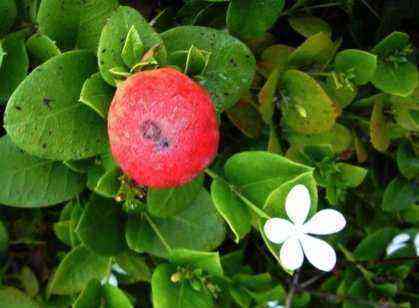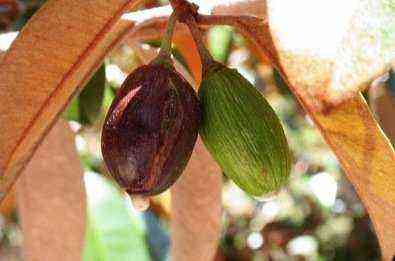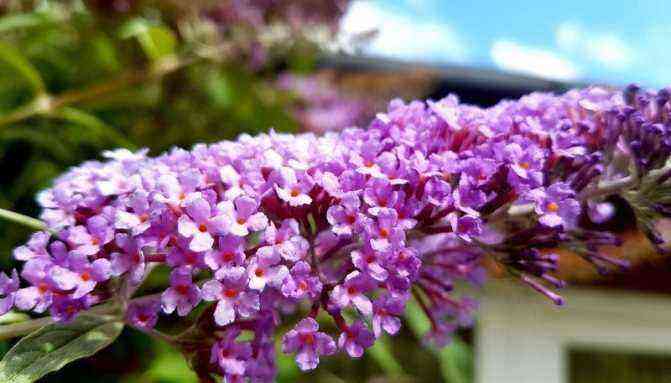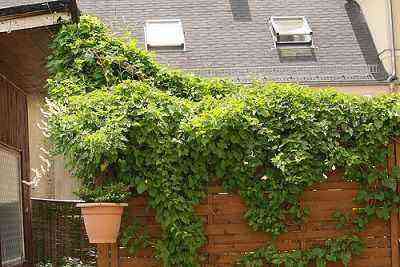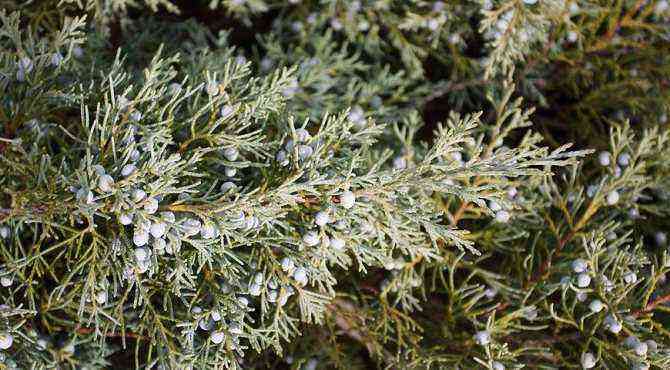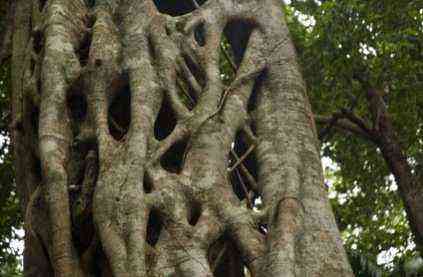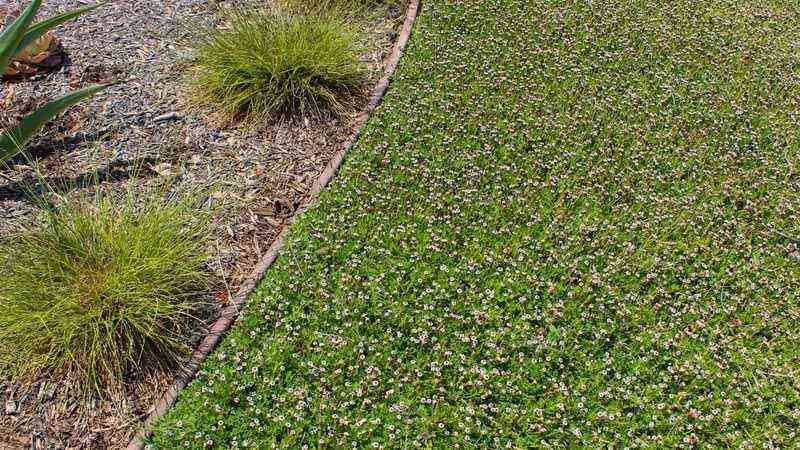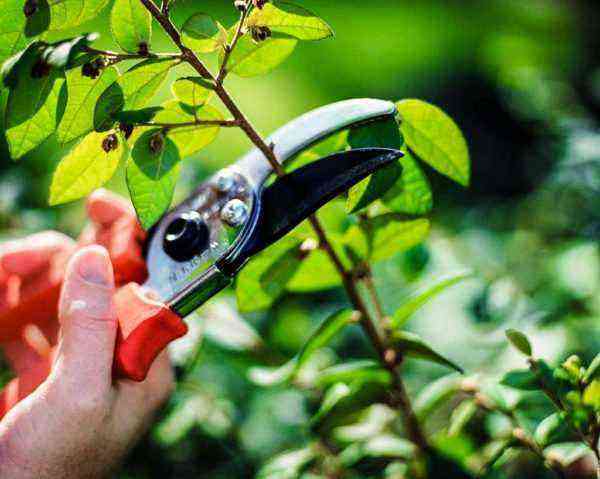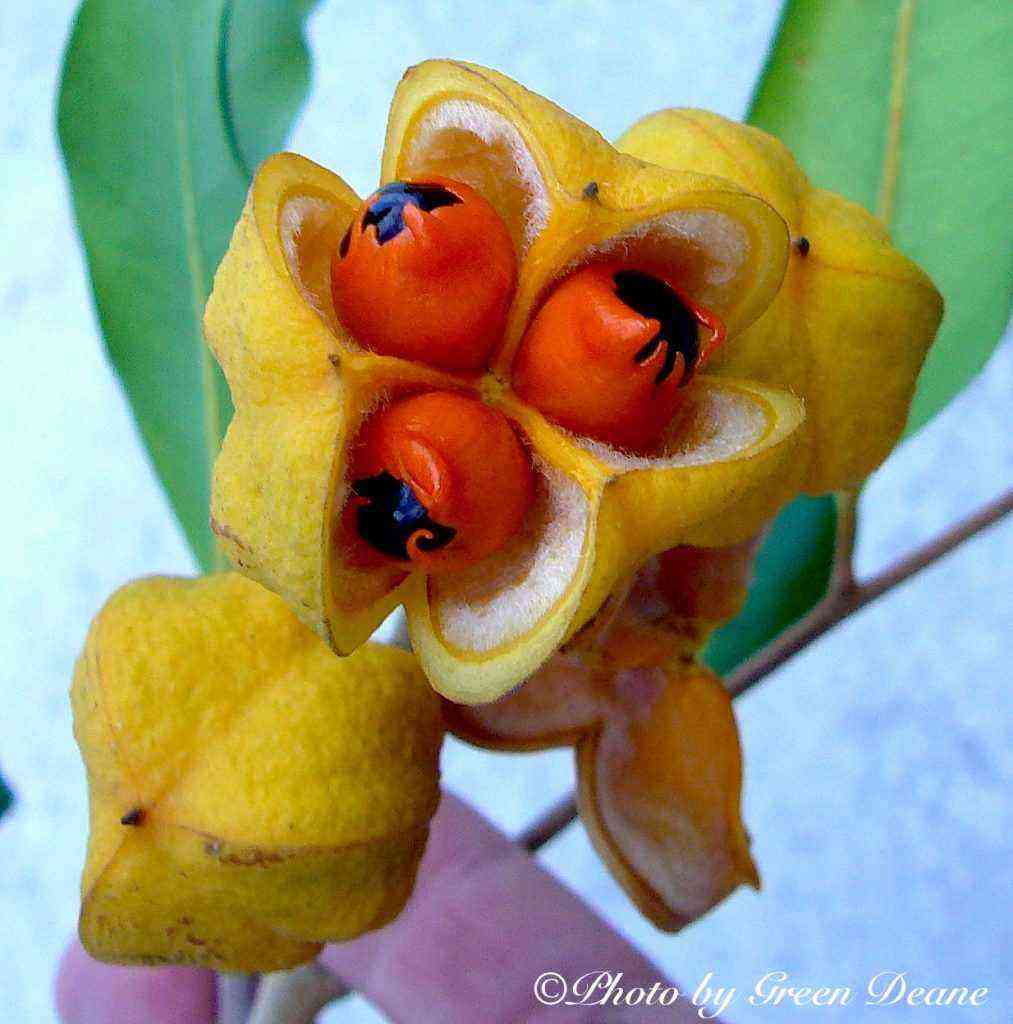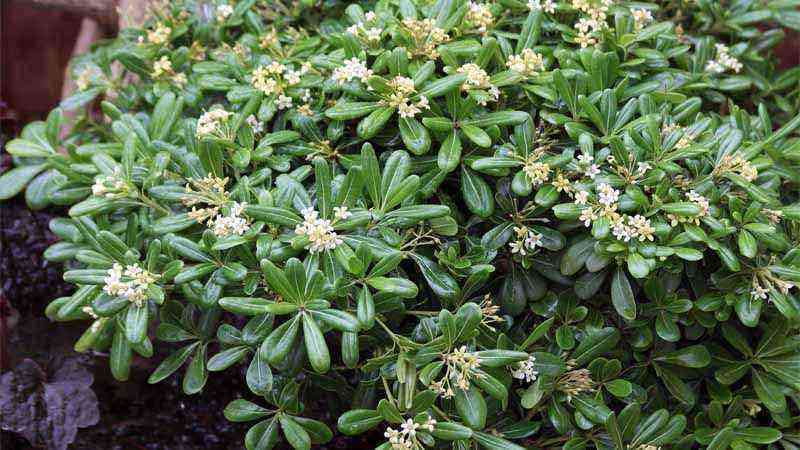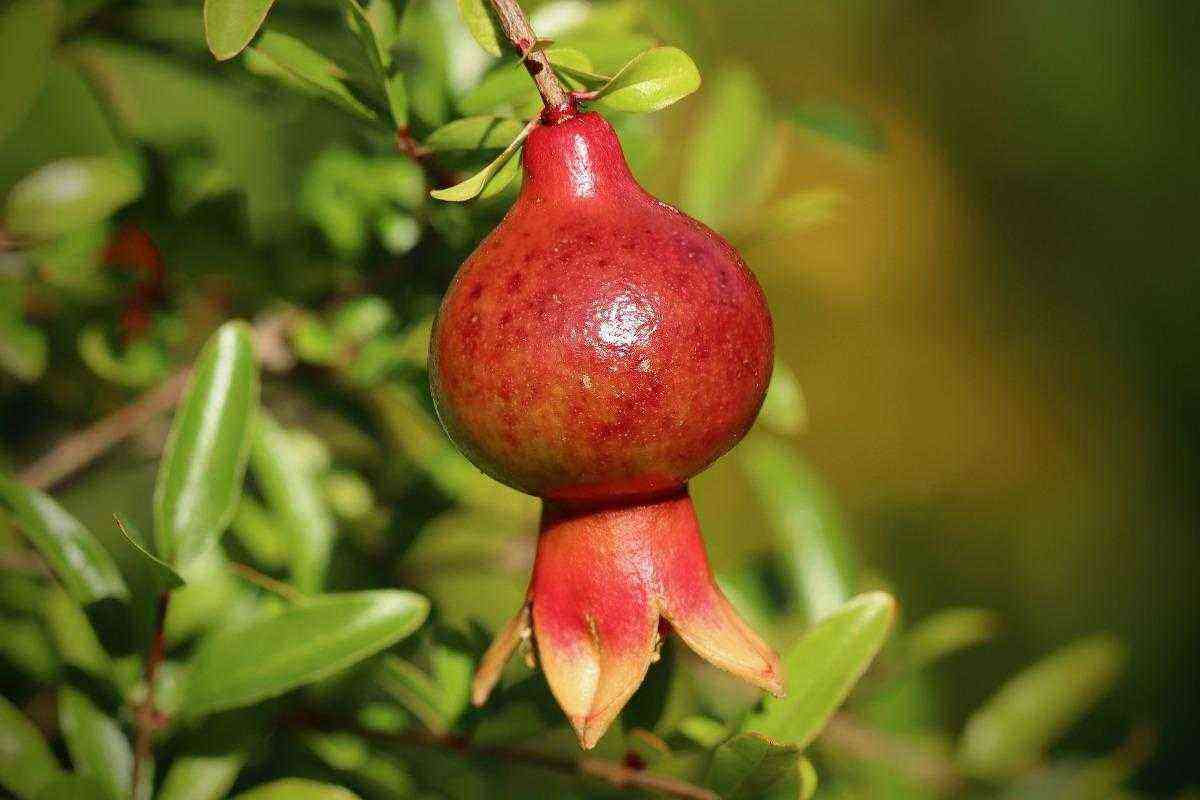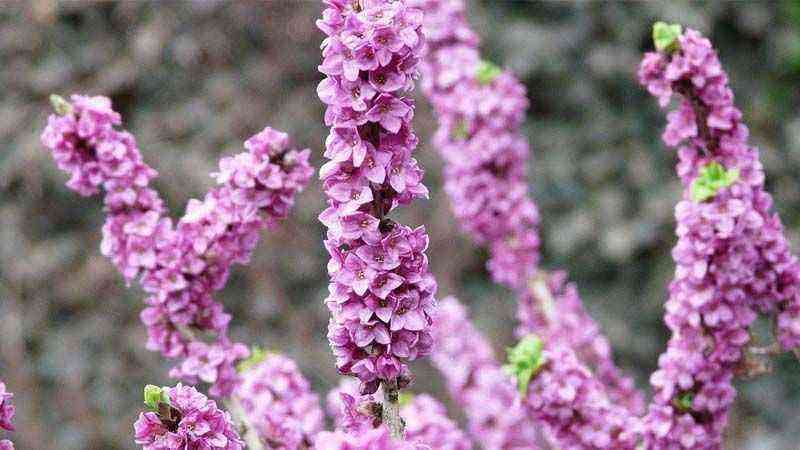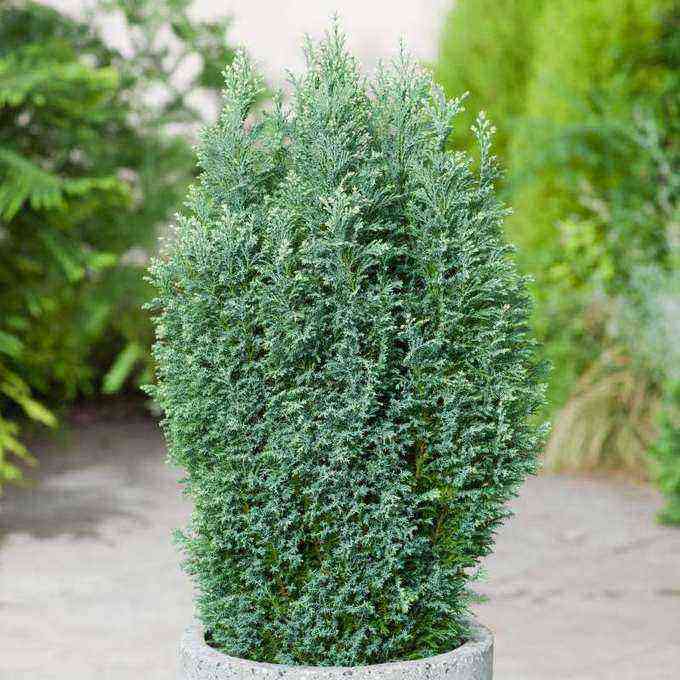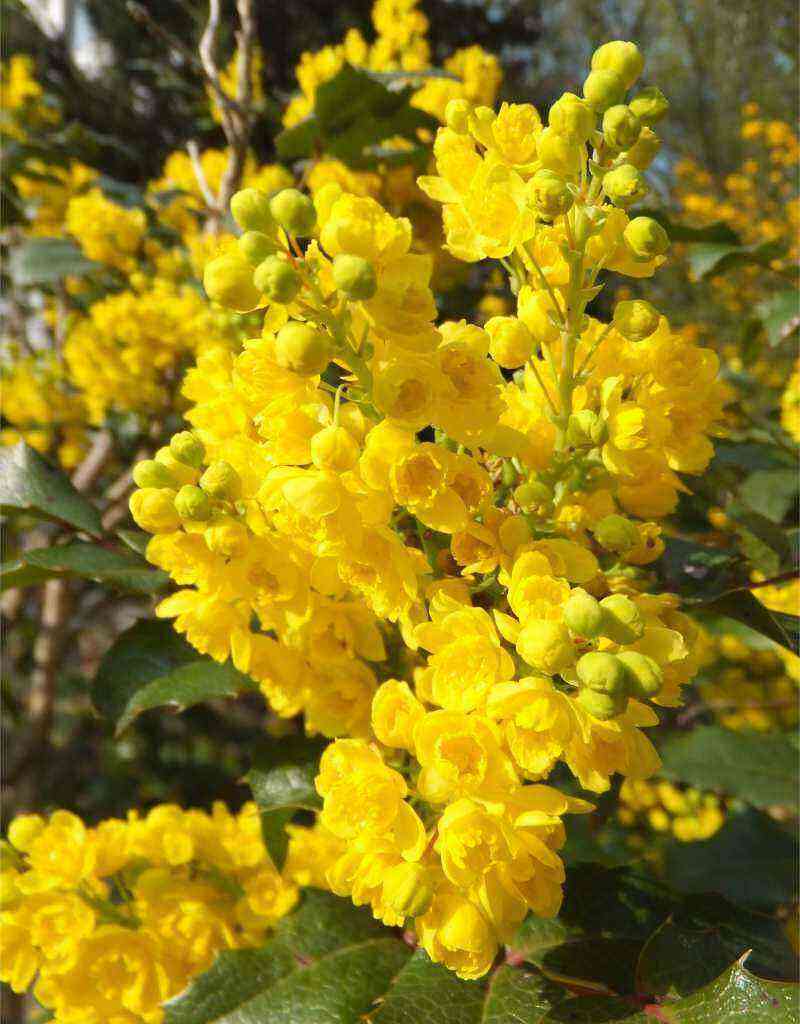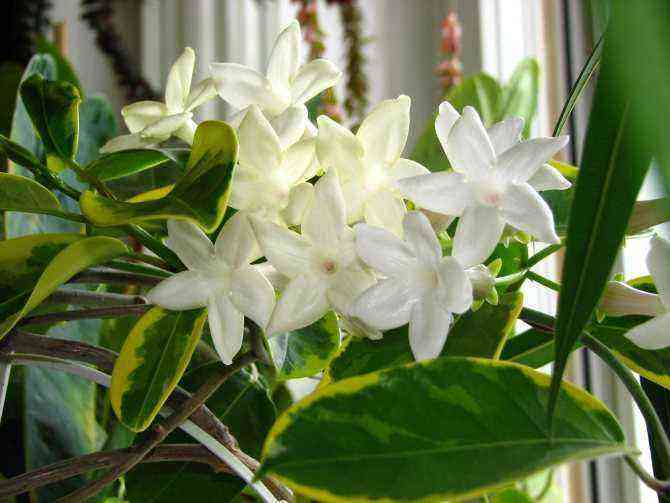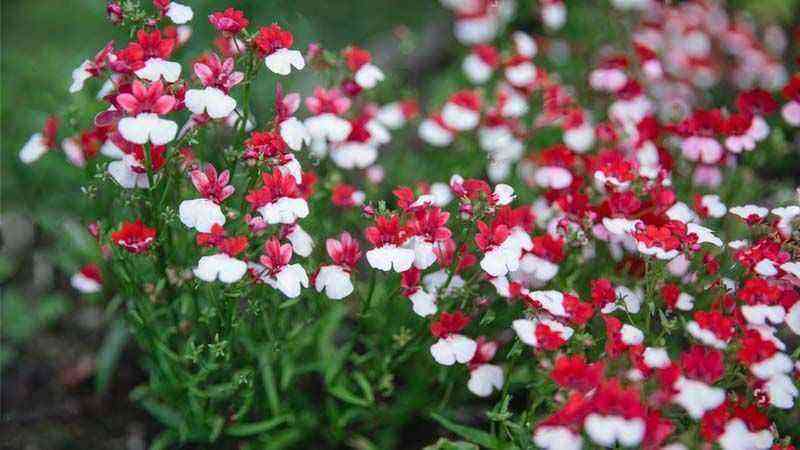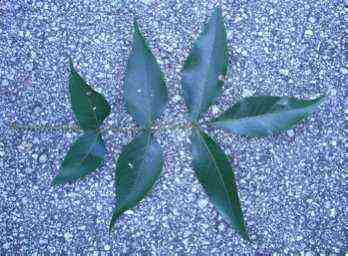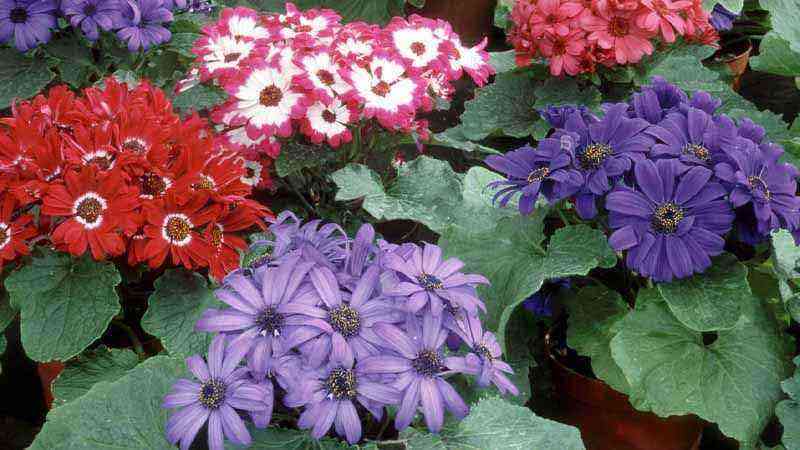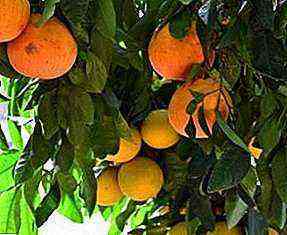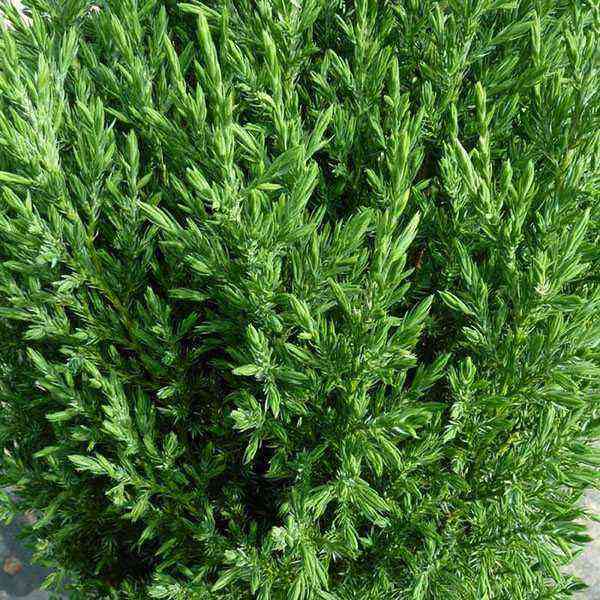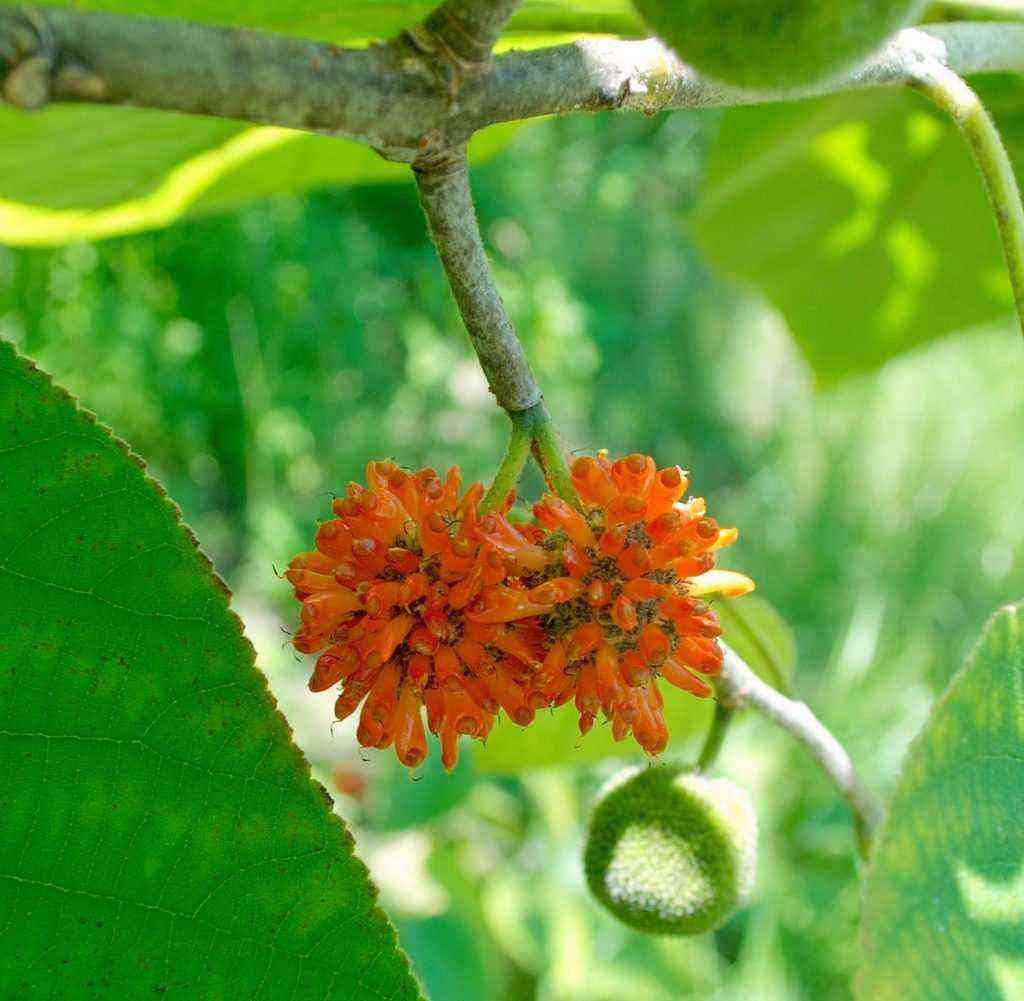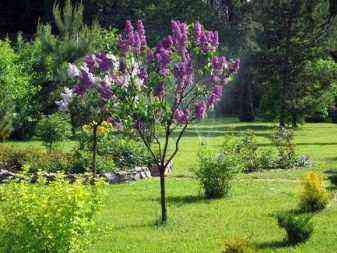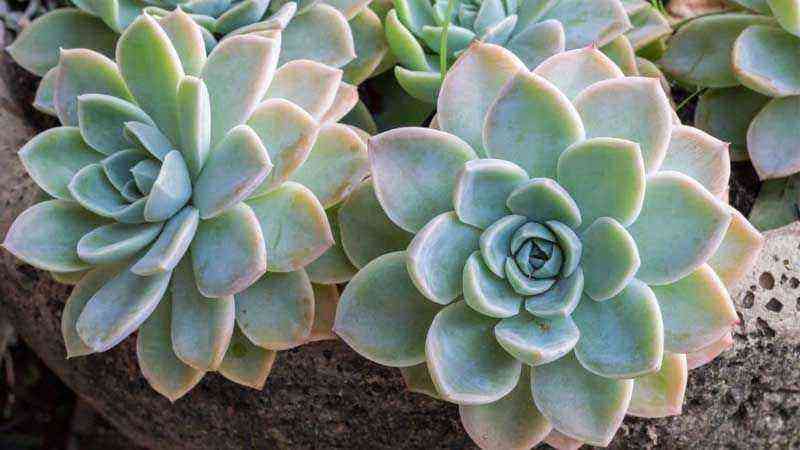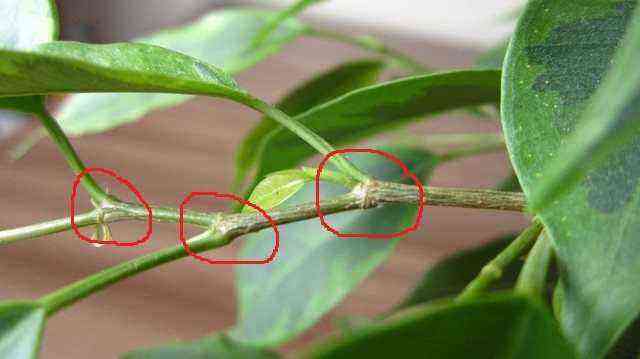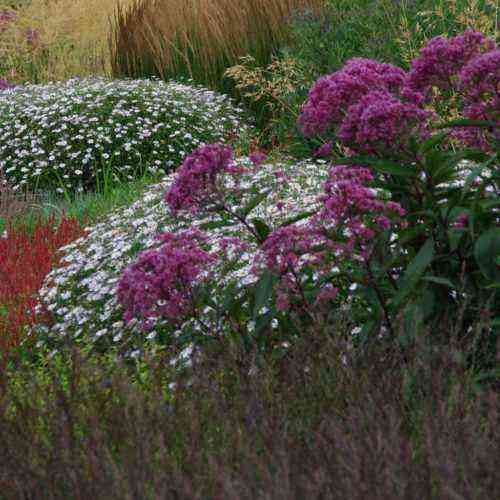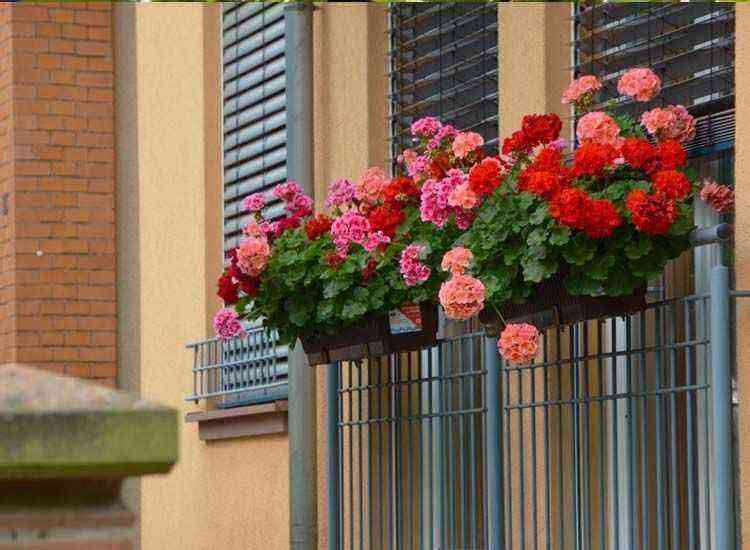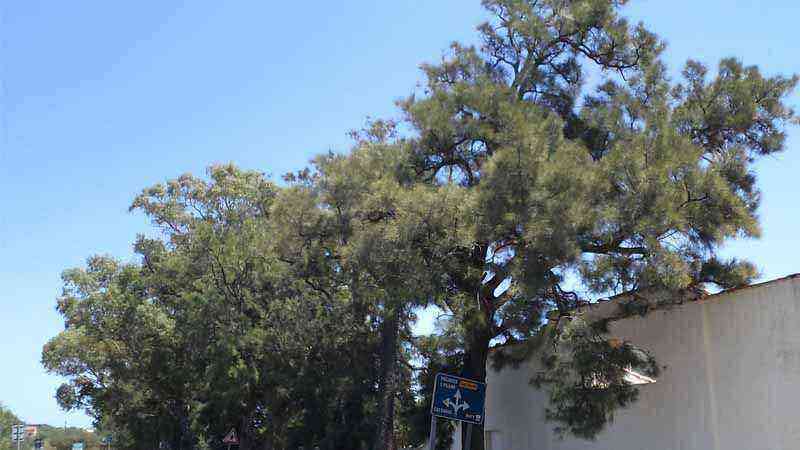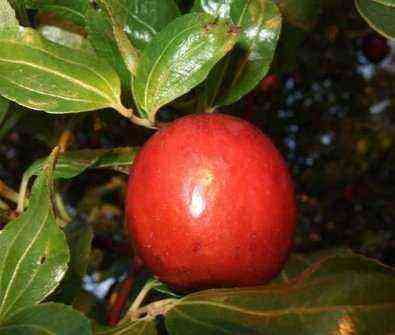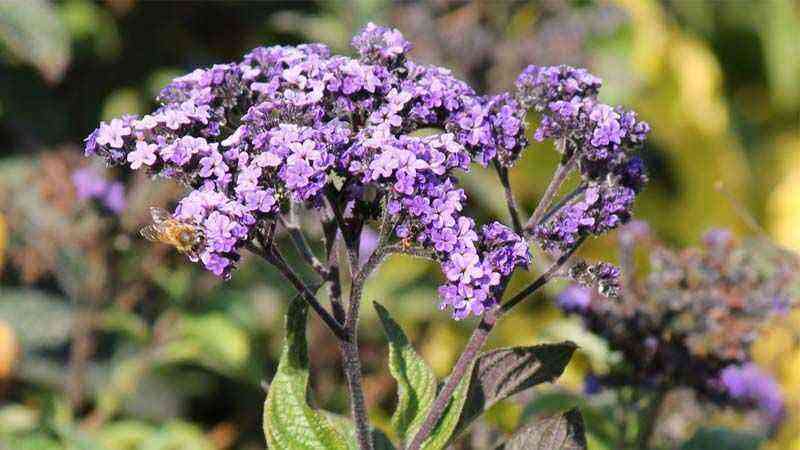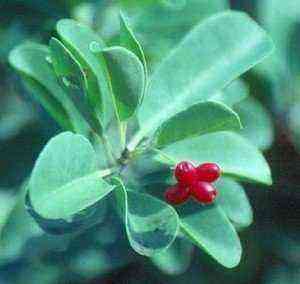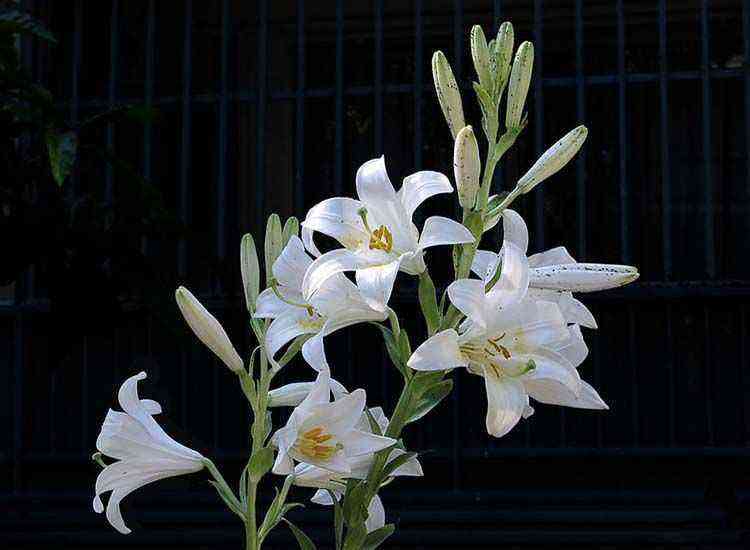Irga clearly has an affinity with the apple tree and with the pink family.
We have already written about apple varieties earlier.
Has the informal name korinka. It is a small tree and can be classified as a shrub. Not very accurate information about the origin of the name, but it means “to bring honey”.
The English name of the plant, like a shade shrub, is June, it is also called a useful berry, and the American representatives of the irgi were given the name of the Indian tribes – “Saskatoon”.
What is Irga
Irga is a pretty shrub, the fruits, leaves and bark of which have many beneficial properties. It is a deciduous shrub that grows throughout the Northern Hemisphere. The plant can be found in the Far East and the Caucasus, in the Crimea and America. Irga often grows in forest glades, in the mountains among thickets of various bushes.
Irga is unpretentious to the soil, it can grow on any, except for swampy areas, as it dies on it. Needs good light for full ripening of berries. As a rule, up to 15 kg of fruit can be harvested from one bush per season.
Harmful effect on irgu
The main enemies of the irgi are the seed eater and the speckled moth:
- After the attack of the seed-eater, the irga may stop bearing fruit, because it eats seeds and multiplies in berries.
- The moth causes the foliage to dry out.
The drugs Actellin, Fuafon and Karbofoson can help get rid of pests.
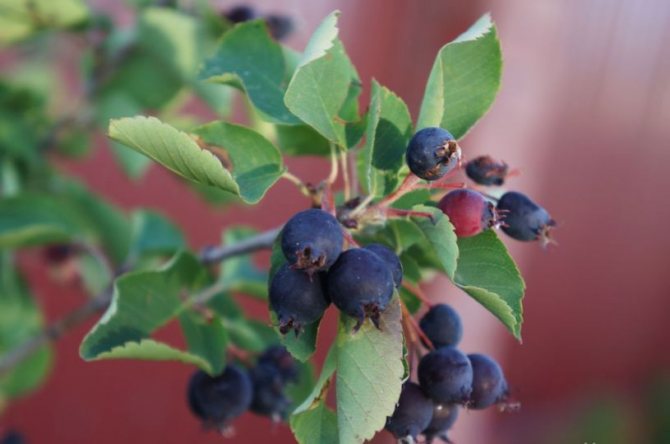

Description
Irga takes pride of place in the personal plots of many gardeners. The culture looks most attractive in early spring, at this time the first leaves are formed on the branches, and the bush itself is covered with soft villi. From the outside, it may seem that the plant is shrouded in a gray shawl, which gives the irga a stunning look. Also, the culture is decorated with small flowers of white or pink hue.
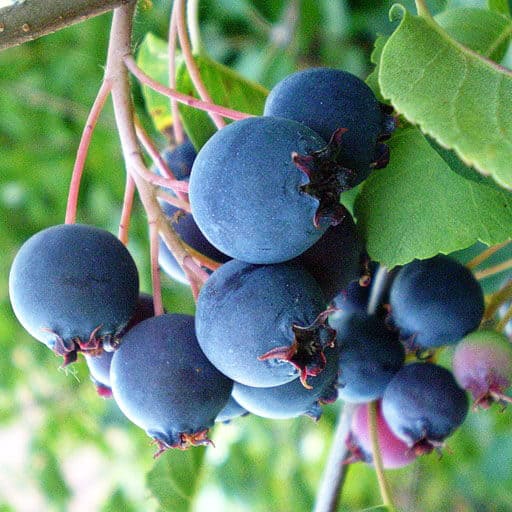
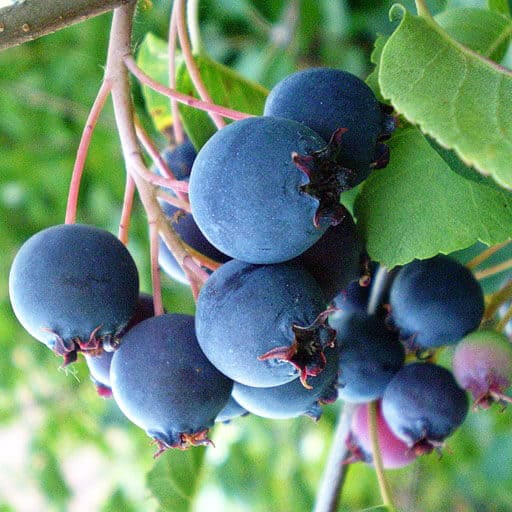
As the inflorescences begin to fall, delicate villi begin to gradually disappear. In this case, the leaf blade is pinkish or olive in color, the bark is pinkish brown or gray.
The leaves and bark of the shrub are used for medicinal purposes. They are collected, then thoroughly dried, crushed and stored in a dark and cool place. The product retains its healing properties for several years.
A distinctive feature of irgi is a dense crown of green or gray leaves. During fruiting, small fruits with pink barrels appear on the crop, which are collected on one brush. Unripe fruits have a creamy hue, as they ripen, they turn purple or purple.
Irgi berries have a pleasant taste, the fruits are sweet and juicy, which is why adults and children like them. Birds do not disregard berries, feasting on them and spreading seeds throughout the district.
Important: only ripe berries should be picked from the bush. Otherwise, they lose their beneficial properties.
Irgi fruits contain:
- glucose;
- sucrose;
- phytosterols;
- cellulose;
- vitamins of group B;
- vitamin C;
- nicotinic acid;
- dietary fiber, etc.
All these elements have a positive effect on the human body, namely:
- strengthen the intestinal walls;
- improve digestion;
- make up for the lack of vitamins in the body;
- effective when following a diet;
- soothe;
- help to cope with tonsillitis and sore throat.
Irgi juice is useful for people with heart pathologies. To improve sleep and normalize blood pressure, it is effective to take inflorescence tincture.
Useful properties and contraindications
Irga is an excellent assistant in the fight against vitamin deficiency. Its berries contain a huge amount of vitamins B, C, P, organic acids, sugars, carotene, pectin and fiber.
The use of irgi fruits, rich in vitamins, helps to normalize sleep, strengthen the heart and blood vessels, and prevent heart attacks and varicose veins. Fresh squeezed juice is also prepared from the fruits of the irgi, which improves the functioning of the stomach. From the flowers, tinctures are made that help with hypertension and heart failure, from the bark – healing decoctions, used externally to relieve inflammation and heal wounds.
The main contraindication to the use of this berry is individual intolerance and the presence of allergic reactions.
Important! Before using any remedies from irgi for medicinal purposes, a specialist consultation is required.
Landing
You can plant a crop in open ground in spring or autumn. Experienced gardeners recommend planting in the fall, as in this case the plant takes root better.
Choose a well-lit area for planting. This will prevent the irgi from pulling out in search of enough light, and will also promote a bountiful harvest.
Excellent soil for a plant: loamy or sandy loam. Acidity doesn’t matter. The plant should not be planted in areas with high-lying groundwater, since the root system of the irgi goes 2–3 m deep, and excessive moisture leads to its death.
When planting irgi in the fall, the planting site must be prepared in the spring. To do this, remove all weeds from the site, and then keep this place under black steam until autumn. Before planting, you should dig up this area, and then add 40 g of phosphorus and potassium fertilizer for each square meter. You need to dig up the soil to a depth of 10-15 cm.
How to plant
You shouldn’t have any problems with planting the irgi, as it’s quite easy to do. Choose annual or biennial seedlings for planting. When planting several shrubs, use a checkerboard pattern, maintaining a distance of 1-2 m between the plants.
The depth of the seat should be 60 cm, width – 50 cm. The principle of planting is similar to planting currants, blackberries, blueberries, gooseberries and honeysuckle.
While digging a hole, fold the upper fertile layer aside, in the future you will fill it with the root system of the irgi. Combine the fertile layer with rotted compost and sand in a ratio of 3 to 1 and to 1.
Pour 2 buckets of humus, 400 g of superphosphate and 0.15 kg of potassium fertilizer into the finished seat. From the resulting composition, build a mound on which you put a sapling of irgi.
Spread out the roots, then cover them with the prepared fertile soil layer. Compact the soil slightly. After planting, pour a bucket of water over the plant, then cover the soil surface with a layer of mulch.
Pests and diseases
Culture is not afraid of disease. The main threats are leaf-eating insects and hawthorn.
- Birds are especially damaging to the crop. In order to preserve the berries, a special net with small cells is thrown onto the irgi bush;
- The reddish-brown caterpillar damages the young leaves of plants. The caterpillar is hiding under the branches. In May, the insect pupates in the soil, and in the fall it turns into a butterfly;
- Winter moth (light green caterpillar). The size of the parasite is up to 2.5 centimeters. It also feeds on irgi leaves and infects inflorescences;
- Rose leaf roll. The caterpillar is gray-green in color, has a brown shiny head. Eats leaves and tops of shoots. In addition, the caterpillar is capable of folding leaves, thereby stopping the development of young branches;
- Currant leaf roll – rolls the leaves into a tube;
- Speckled moth. Caterpillars gnaw variously shaped passages in the leaves of the tree;
- If spots of a dark brown color appear on the leaves of the plant, then we are talking about fungal diseases (phyllostictosis and ascochitous spotting);
- Moniliniosis – forms rot on irgi berries;
- Nectric necrosis of the bark – dangerous by drying out of the branches and shoots of the bush;
- Cytosporosis – leads to the death and drying of the branches. Formed on the bark of branches;
- Gray tinder fungus – forms a white rot on the stem of the irgi.
Care for Irga
Irga is an unpretentious shrub that is easy to care for. After planting, some rules should be followed, thanks to which the plant will bloom luxuriantly and profusely, bringing large yields.
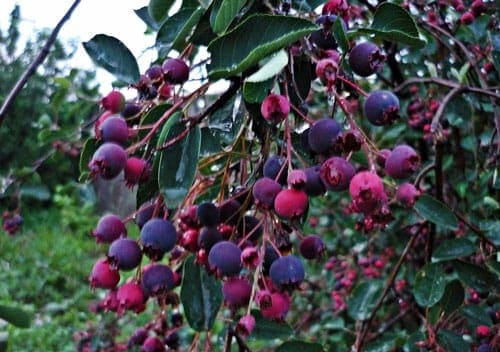
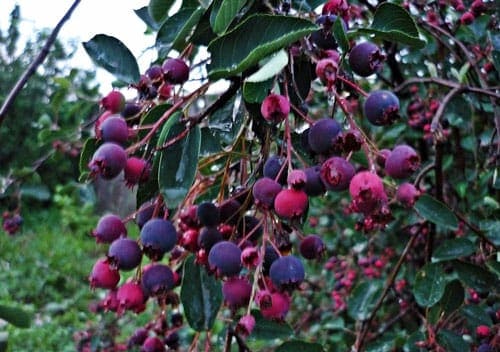
All crop care consists of rare watering, top dressing, pruning and weed control. This crop is highly drought tolerant due to the penetration of the root system into the deep layers of the soil. For this reason, watering the crop is necessary only during prolonged drought. Irga should be watered after 4 pm. After watering, loosen the soil near the shrubbery.
Step-by-step instructions for planting irgi
On a site cleared of weeds, dig a shallow hole, at least half a meter deep. Mix the soil from the pit with sand, compost, rotted organic waste. Add fertilizer if necessary.
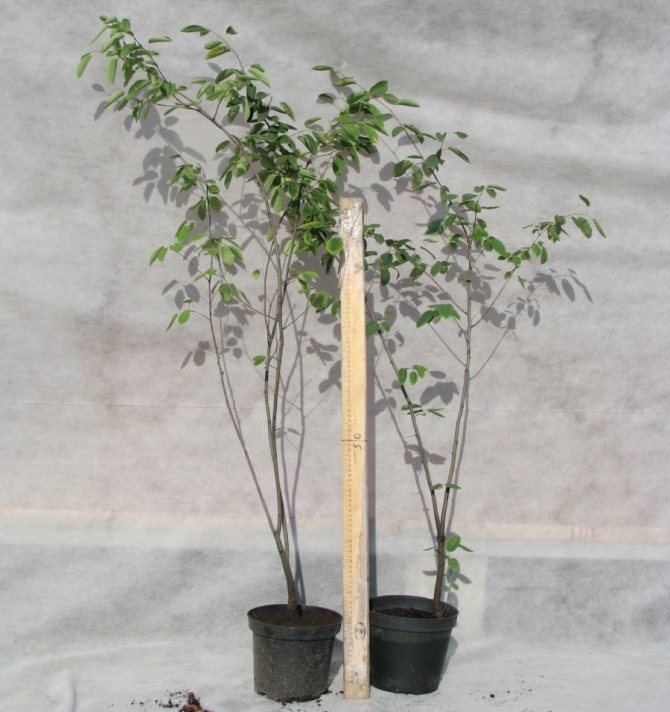
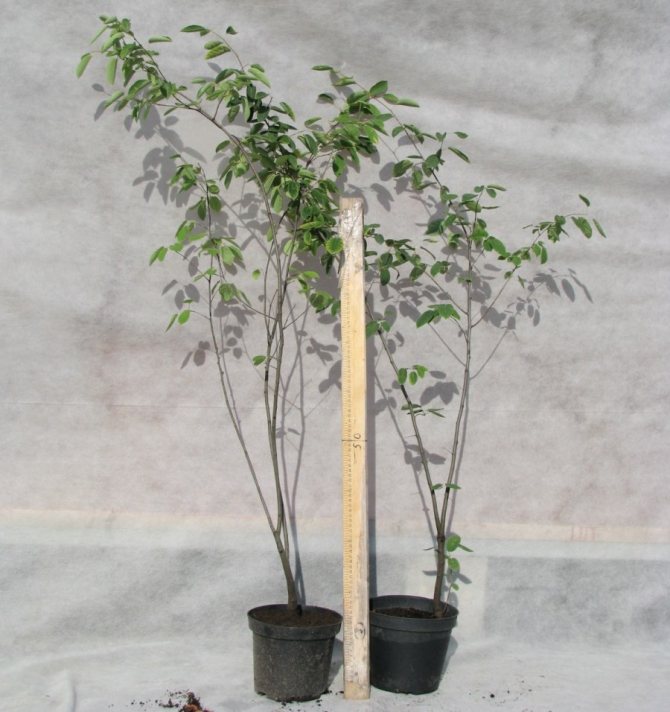
Part of the resulting soil is placed on the bottom of the hole. If the soil is loamy, then the hole should be dug 10 cm deeper, and drainage from pebbles or broken bricks should be laid on the bottom.
The roots should extend downward, spreading from the center to the edges of the groove. Cover the root system with soil (not the trunk). Trample the earth and water it abundantly with 10 liters of water. If the soil settles around the tree, fill up the earth, thereby comparing it with the general surface.
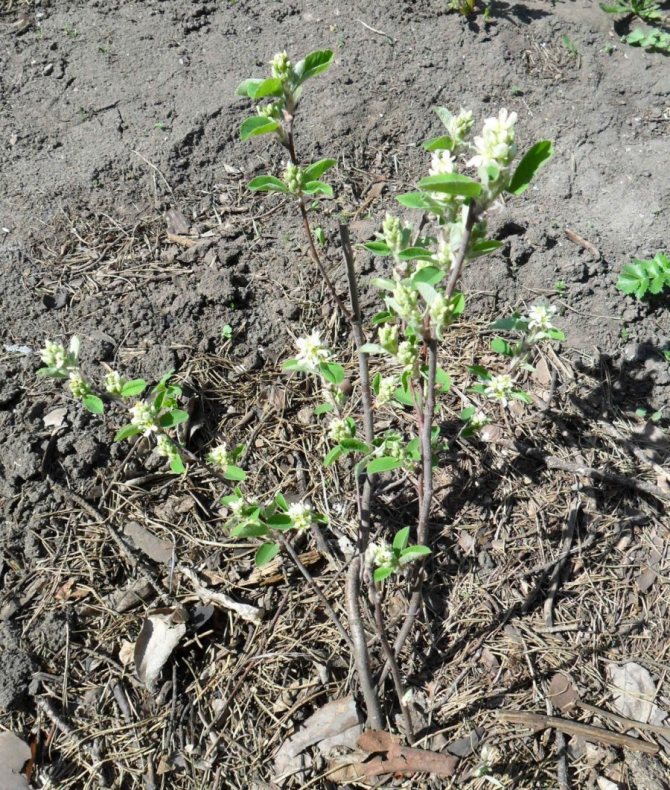

After planting, the plant must be observed and watered when the soil dries up. The shrub is unpretentious and usually quickly takes root in a new place.
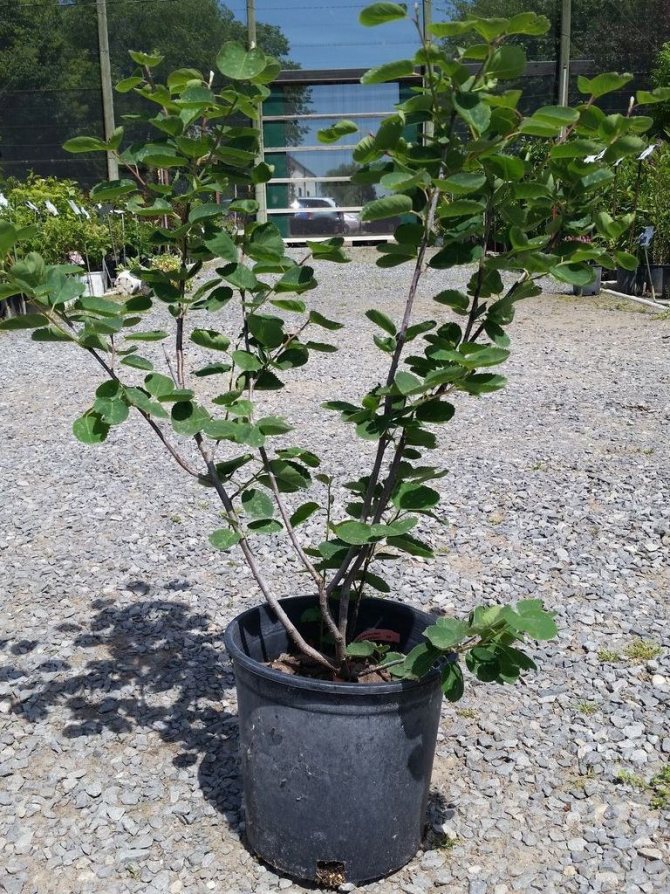
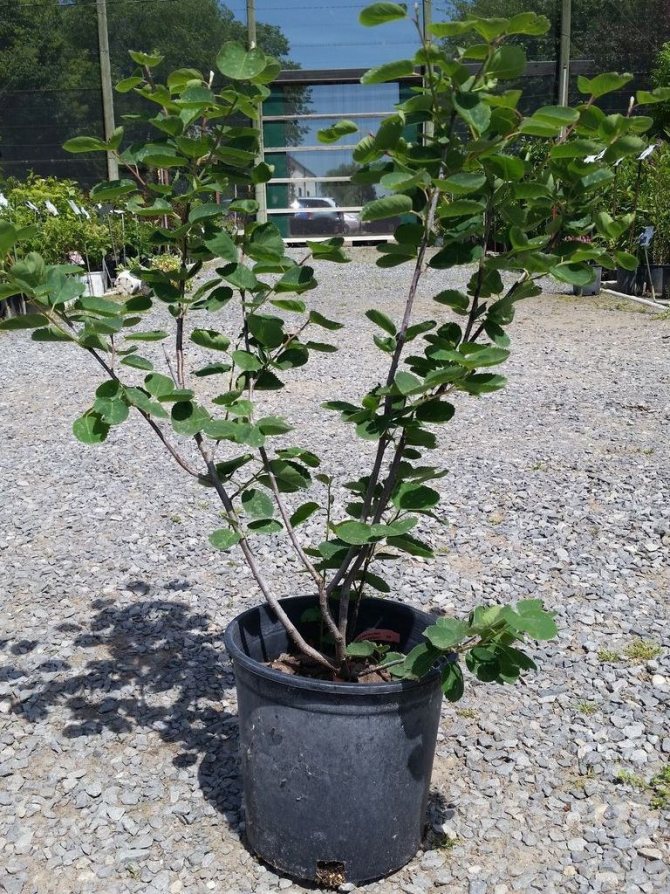
Additional fertilizing
Correct feeding of irgi is the key to its correct growth and high yield. The first feeding is carried out during planting, the next – when the plant reaches 4–5 years of age.
Top dressing is applied every year to the near-trunk circle for digging, retreating from the root collar by 20-30 cm. 1-2 buckets of humus, 300 g of superphosphate and 200 g of potassium dressing without chlorine are used as fertilizers.
From spring to mid-July, the plant is fed with liquid organic matter, pouring half a bucket of chicken manure solution (ten percent) under each shrub.
Fertilizers are applied in the evening after rain or abundant watering.
Dry fertilizers are distributed at a distance of 30 cm from the root collar, after which they are embedded in the ground and watered. It is necessary to increase the amount of fertilizer as the plant grows.
Reproduction
Ways:
- Seeds. Ripe fruits are cleared of pulp, seeds are extracted from them, which can be immediately planted in the soil, since the percentage of germination of a wine berry is very high. The depth should not exceed 2 cm, then the material should be watered abundantly and mulched (covered with fallen leaves / straw). Next, we wait for shoots, we plant in the spring, a permanent place for the bush is given in the third year after sowing.
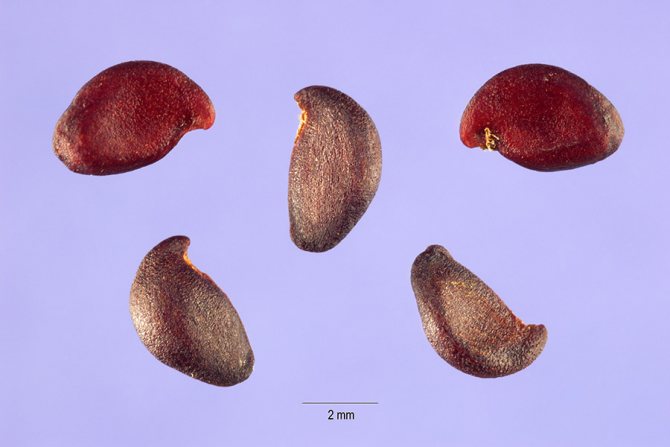
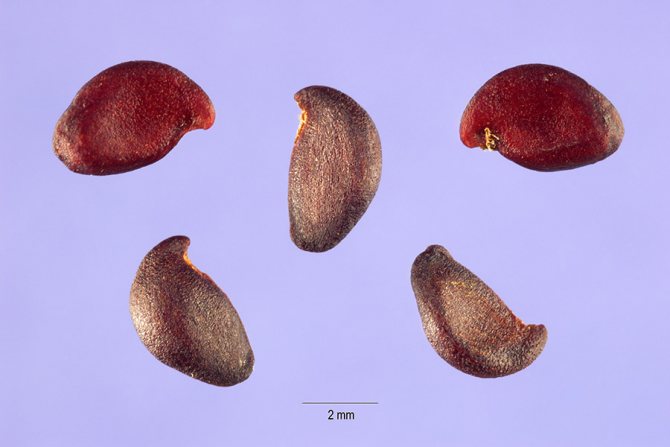
Irgi seeds
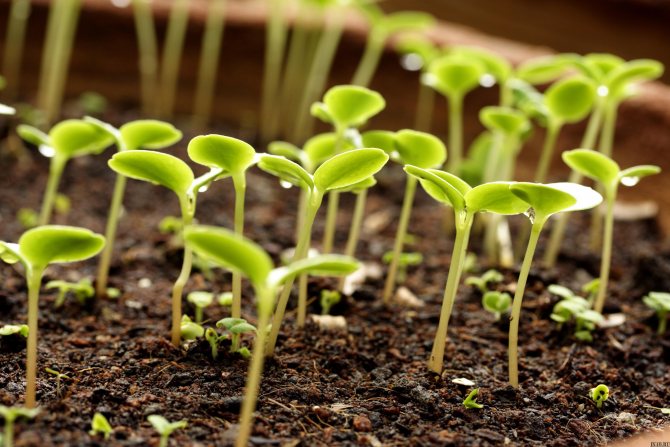
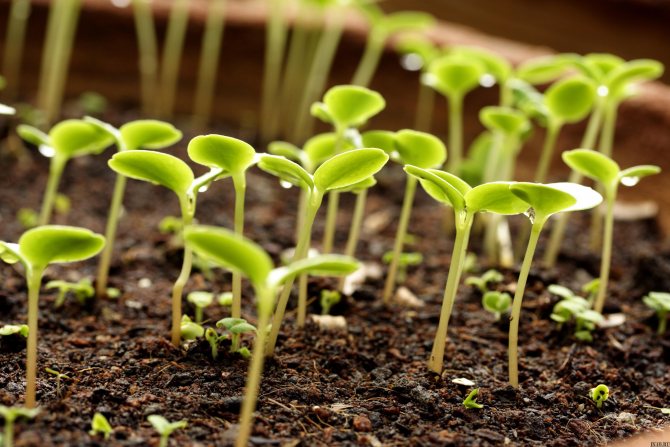
Young shoots of cinnamon
- Cuttings. In well-developed plants, the tops with a length of 15 cm are cut off with the presence of a pair of buds, all the lower leaves are removed, leaving only the top two, then they are dipped in a special solution that enhances the appearance of roots, and placed at an angle in the ground at a distance of 4 cm.
Advice! To avoid decay, you need to sprinkle the top layer with sand 7 cm thick. Water the seedlings through a fine sieve so that there is a splashing effect.
one
five
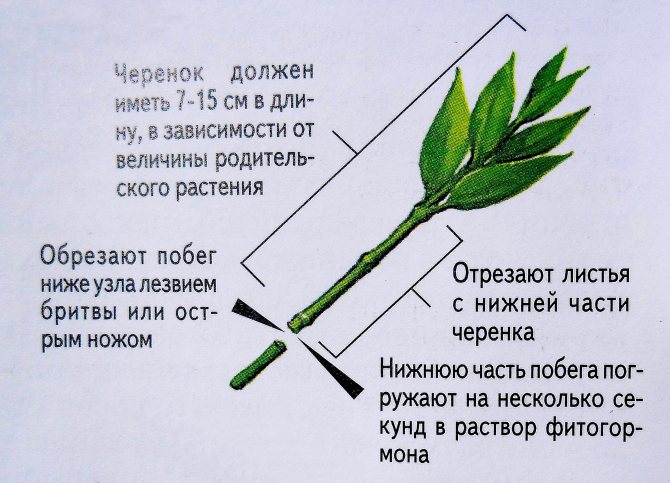

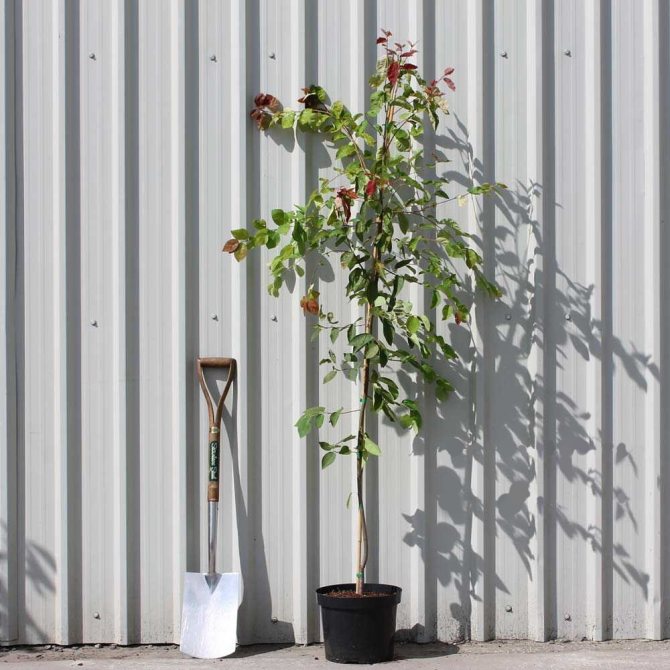

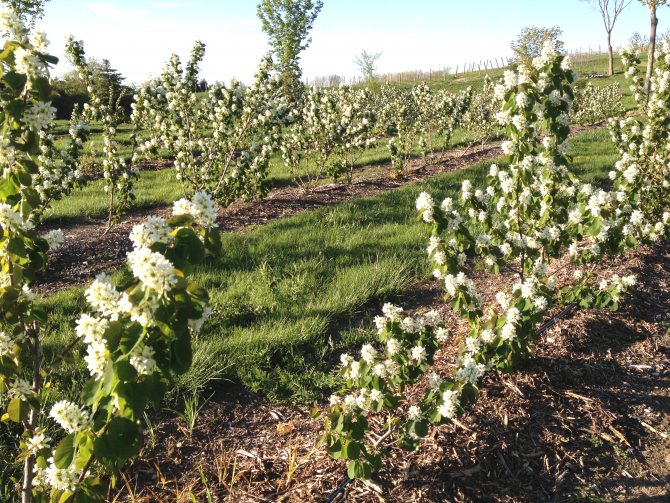
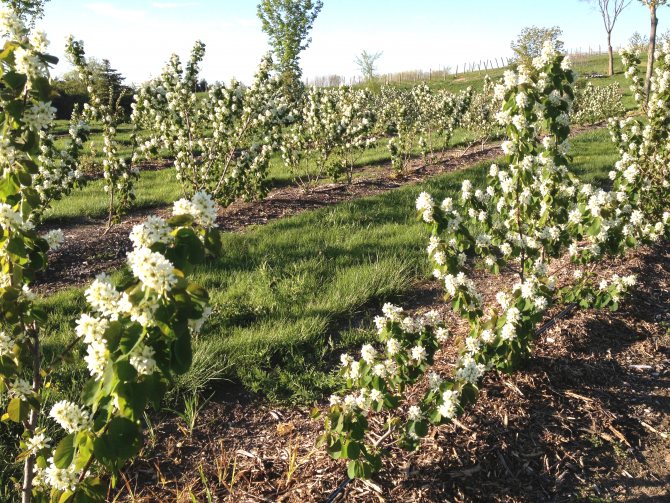
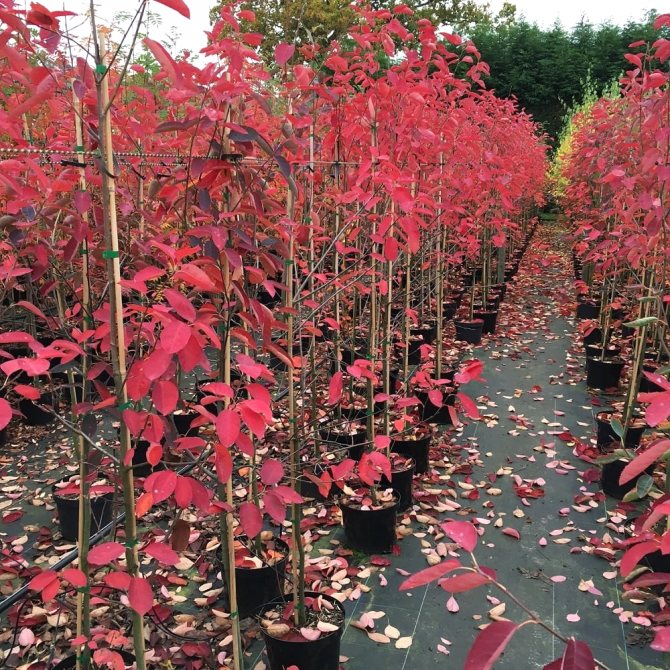
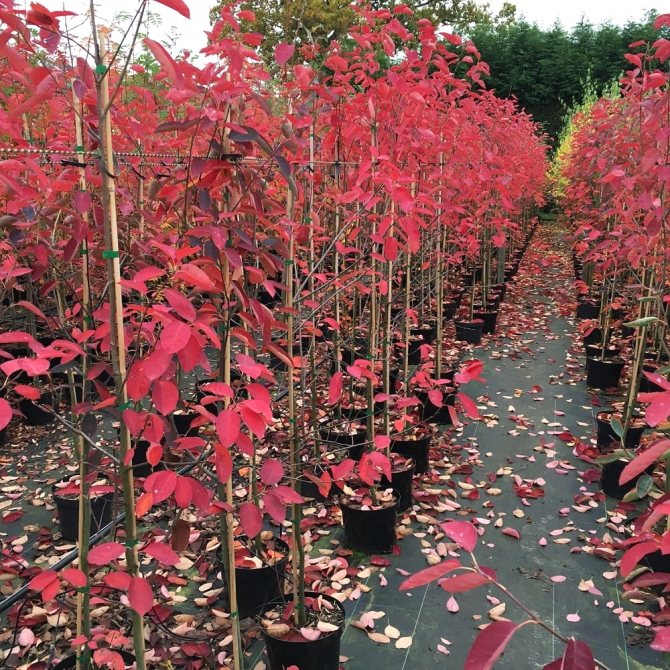
The landing site is covered with a low greenhouse, and when the cuttings are strengthened, the greenhouse is periodically removed, allowing them to ventilate and breathe, then they are covered again. Later, even stronger plants are planted in special beds for growing, feeding with slurry. In the next season, they are seated in permanent places.
- Layers. In the spring, as soon as the ground warms up, plants with a strong growth are chosen and added dropwise. For this, special beds are prepared, they are dug up, the branches are bent and fixed in the resulting furrows. In parallel, the tops are pinched. After 3 weeks, the grown shoots are sprinkled again to half, after a while the rooted shoots are separated and planted in permanent places.

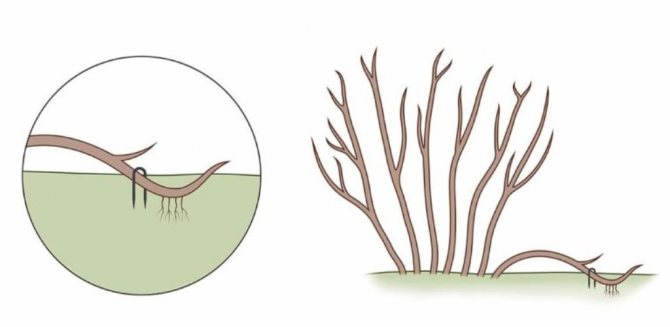
Reproduction using layering
Varieties of irgi
In total, there are about 25 types of irgi. Below we will consider the most famous ones.
Irga Canadian
The shrub can reach a height of 7 m. It has oblong stems, a dense broad-oval crown. The leaves are of an unusual color: when blooming, they are brownish, in summer they are gray, in autumn they are golden or reddish.
Flowering occurs in late spring, at which time the shrub is covered with white flowers, collected in graceful brushes.
The appearance of the fruit is similar to that of rose hips.
There are several types of canadian irgi:
- Slate – the shrub reaches a height of 2 m, has large black fruits, very sweet in taste. In the spring, the leaves have a green tint, in the fall they are bright red.
- Mandam – is a spreading bush reaching a height of 3 m. Fruits: round berries, slightly flattened, sweet in taste.
- Ballerina – the shrub reaches 6 m in height. The peculiarity of the plant is the attractive shade of the leaves, at first they are bronze, then they turn green. In the fall, the leaves turn purple. The fruits are initially dark red; as they ripen, the color changes to black.
Irga lamarka
This deciduous shrub reaches a maximum height of 5 m. A distinctive feature of the plant is oval green leaves, serrated at the edges.
White inflorescences are small, appear in large numbers on the bush. The fruits are actively used in cooking.
Irga ordinary
This shrub reaches a height of 3 m. It has a wide crown formed from thin branches. Initially, the branches are gray in color, but turn brown with age. Pinkish-white buds bloom for 10 days. At this time, the shrub looks more advantageous than most other horticultural crops.
This igri variety can grow in one place for 15 years. The plant is not afraid of cold, winds, drought.
It starts bearing fruit for 4 years after planting in open ground.
Irga
During flowering, this shrub resembles a fragrant bird cherry. The culture reaches a height of 2–6 m. This species of irgi has oval leaves with small notches. The average life span of a plant is 30 years.
Irga round-leaved
The height of the deciduous shrub reaches 450 cm. Young shoots are slightly lowered, have a bright brown color.
Fruit ripening is gradual, starting from the first ten days of July.
Care and pruning

Leaving is not difficult. In fact, the irga grows by itself, it sometimes needs to be watered and fed with nitrogen fertilizers, which can be bought at any gardening store. However, in order to get a beautiful bush shape, it needs pruning.
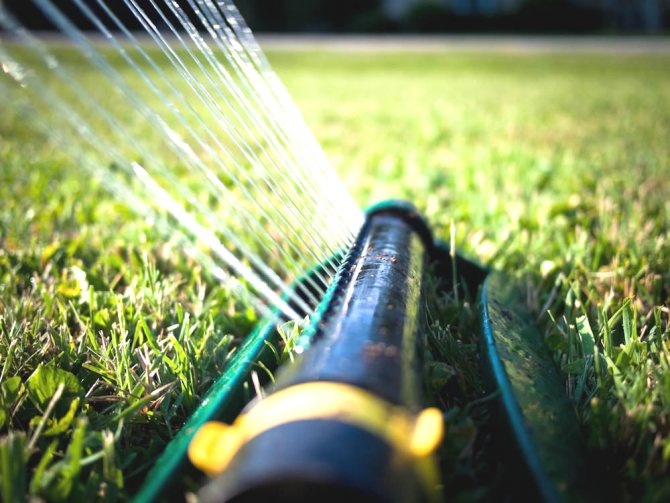

Wine berry bushes do not require frequent watering
How to trim?
A wine berry looks best as a multi-stemmed bush, so you need to remove all weak shoots. Each individual should have a dozen or two branches of different ages.
Advice! If there is a weakening of growth, irga requires anti-aging cupping – every three years, most of the perennial wood is removed.
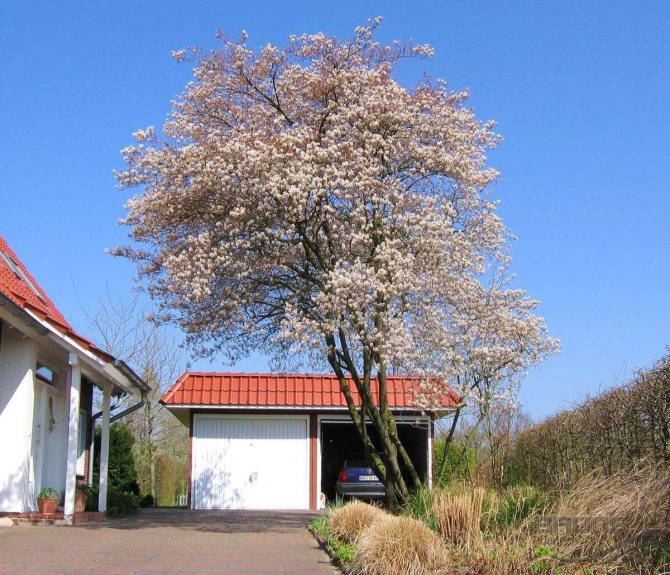
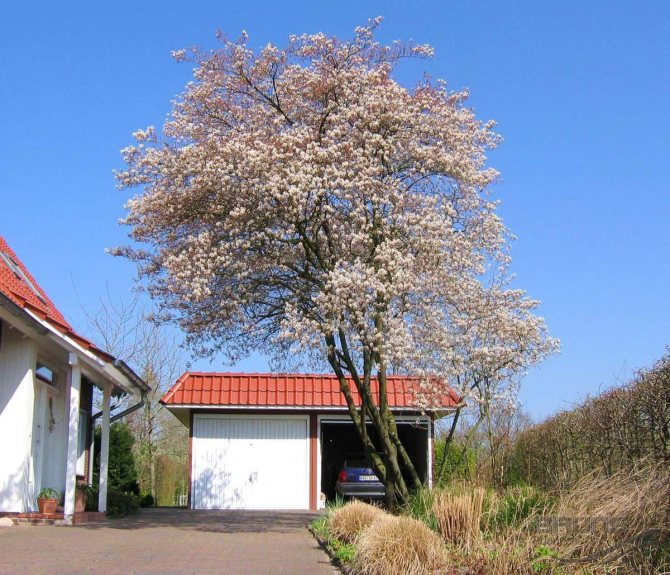
Canadian irga can reach a height of 12-18 meters


Beautiful landscape design of a suburban area
Advice! In addition to removing excess “young growth” at the roots, growth is also corrected: haircut is done at a height of 2.5 m.
Where can I buy
You can buy irgi seedlings in our online store. We offer quality seedlings with high survival rate at affordable prices. We send seedlings throughout the country with delivery by Russian post.
When shopping in our garden plant store, you can be sure that you will receive stable and abundant yields from every plant you buy. At the same time, it is important to adhere to all recommendations for proper planting and crop care.

